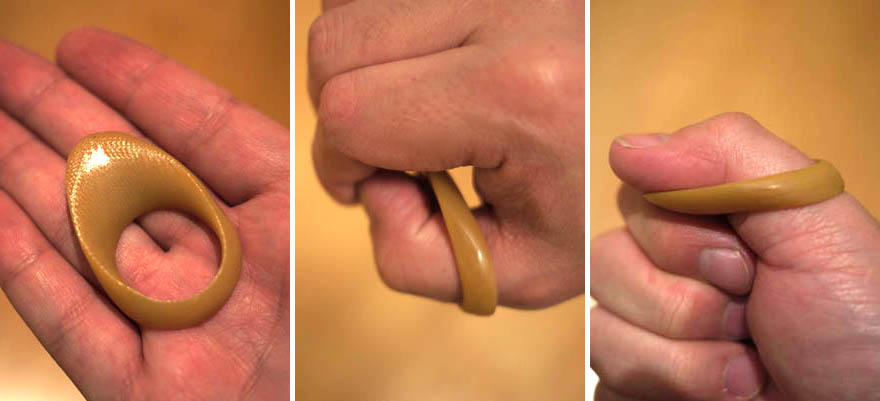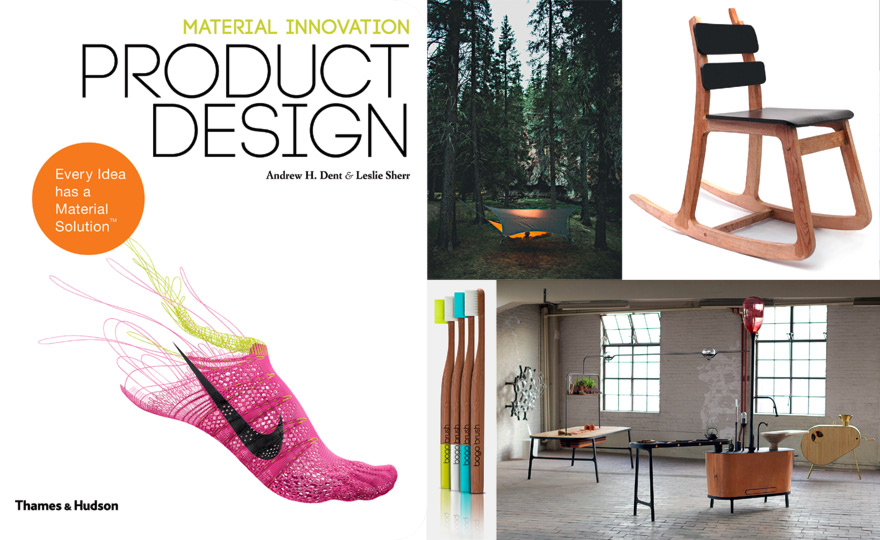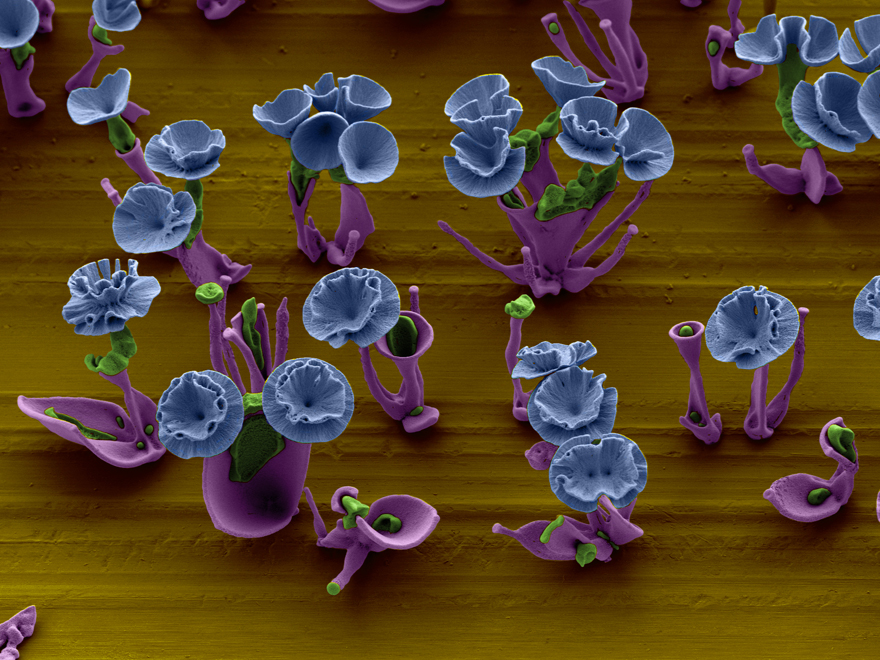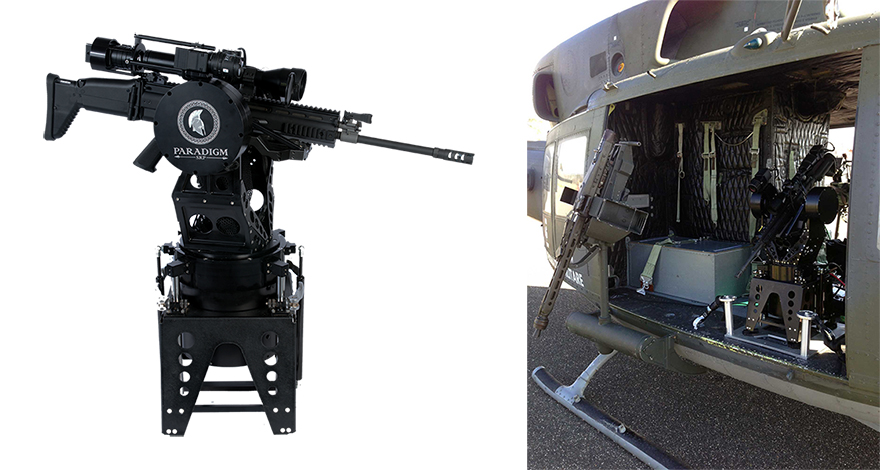![MaterialInnovation-ProductDesign-COMP.jpg]() Clockwise from top left: Glider, Kammok; Curface composite panels, Adam Fairweather; Microbial Home Probe, Phillips Design; Bogobrush, photo by Mike Glinski
Clockwise from top left: Glider, Kammok; Curface composite panels, Adam Fairweather; Microbial Home Probe, Phillips Design; Bogobrush, photo by Mike Glinski
While the Internet is a seemingly limitless resource when it comes to research or reference, sometimes it's nice to peruse the information in print. Short of actually including samples of ABS, flyknit, etc., Material ConneXion's new book series serves as a handy guide to what's new and what's next in materials for architects and designers (the samples, of course, are available at their materials libraries). Written with an audience of design students and professionals in mind, the first two volumes, on Architecture and Product Design, were published by Thames & Hudson just last week. (The latter, pictured above, includes a preface by our own Allan Chochinov.)
From cutting-edge technological advances to novel applications of tried-and-true methodologies, co-authors Andrew Dent, Ph.D, and Leslie Sherr present a well-curated selection of materials in an impressive series of highly visual, broadly informative compendia. According to the press release, the books also "include a Materials Directory that provides insight on additional materials that are part of the Material ConneXion library and that can be used as substitutes for the projects featured." We had a chance to speak to Dent on the occasion of the launch.
Core77: How did you determine which projects to include in this book? Did you make a conscious effort to include a diverse range of projects in each of the six sections?
Andrew Dent: Diversity was essential to demonstrate our thesis, that the material trends we see are independent of product type. The decision about which projects to feature was determined by a group at Material ConneXion along with my co-author Leslie Sherr. Though we looked at predominantly very recent projects, where an slightly older project could exemplify an arc in a material type's trajectory, it was included. Clear presentation of material innovation was essential, though it should not detract from the overall value of design.
The inclusion of Iron Man 2 body armor, in particular, points to noncommercial (or at least non-traditional) applications of new technologies, yet it also suggests a potential use case for 3D printing, while student projects, concepts and prototypes depict possibilities that may be years away from becoming a reality. As a resource and reference, do you have the sense that the Material Innovation series may shape the future of design (i.e. by introducing designers to new or alternative materials) as much as it documents it in the present?
Our hope is that the series opens designers' eyes to the value of material innovation and the range of material possibilities that exist beyond what they currently know (the "unknown unknowns"). We also hope that it can show how materials can jump product type, from say consumer electronics to automotive, or from sports equipment to home appliances. This cross-pollination gives designers greater freedom to design, and offers the potential to stretch existing beliefs about how a product should be.
(more...)![]()






 Clockwise from top left: Glider,
Clockwise from top left: Glider, 
























 "Take it with a Pinch of Salt!" (a dish exploring the street noise levels in Barcelona throughout the day)
"Take it with a Pinch of Salt!" (a dish exploring the street noise levels in Barcelona throughout the day) "Age & Language in Lentils" (a visualization of the median age, population sizes and languages spoken in the USA and Italy)
"Age & Language in Lentils" (a visualization of the median age, population sizes and languages spoken in the USA and Italy) "First Date Noodles" (a look at the number of people who will have sex on a first date)
"First Date Noodles" (a look at the number of people who will have sex on a first date) Emigration Fish" (a dish representing the number of young people who emigrate from Spain)
Emigration Fish" (a dish representing the number of young people who emigrate from Spain)










